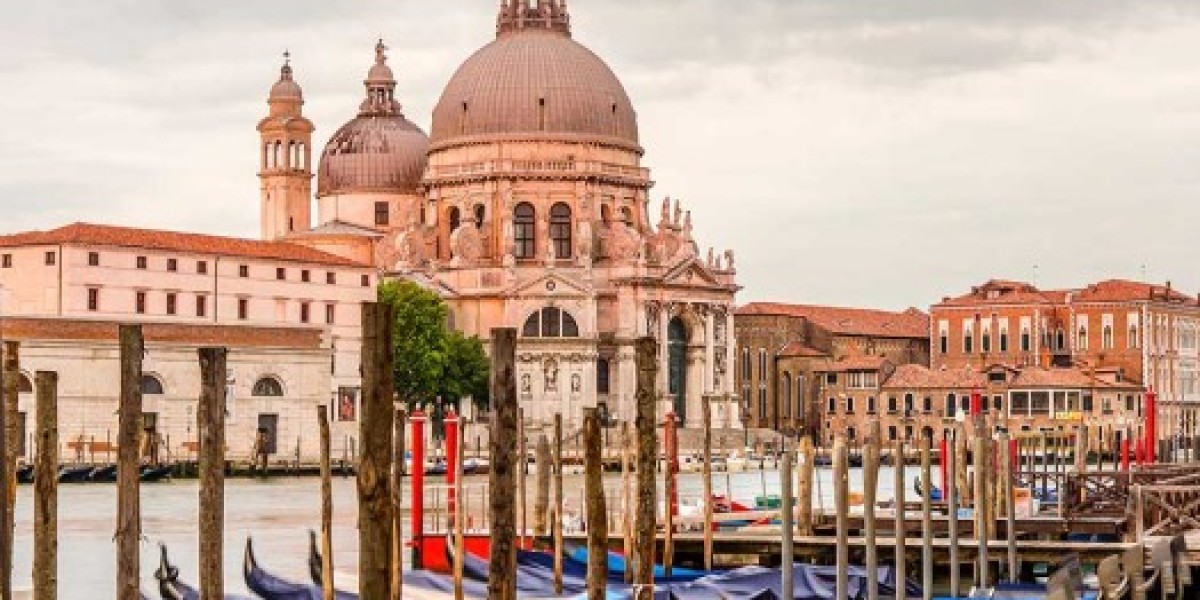The Venice Lagoon is an integral part of the city’s unique charm and historical development. This expansive, shallow lagoon, situated along the Adriatic Sea, has played a significant role in shaping Venice’s landscape, culture, and way of life. This article delves into the importance of the lagoon and its influence on the city known as the “Floating City.”
The Formation and Geography
The Venice Lagoon is a natural formation that consists of a series of interconnected islands and tidal channels. It was formed thousands of years ago through a combination of geological processes and sedimentation. The lagoon’s shallow waters and mudflats have provided a natural barrier against invasions, contributing to Venice’s development as a fortified city. The city’s iconic canals and waterways are a direct result of this unique lagoon environment, creating a network that is both functional and picturesque.
Economic and Cultural Impact
The lagoon has had a profound impact on Venice’s economy and culture. Historically, it was a crucial hub for trade and commerce, facilitating the city’s rise as a powerful maritime republic. The lagoon’s waters supported a thriving fishing industry and provided transportation routes for goods and people. Today, the lagoon continues to be a source of livelihood and cultural heritage, with traditional crafts such as glassmaking and lace production thriving in its surrounding islands.
Tourism and Exploration
Tourists are drawn to the Venice Lagoon for its natural beauty and historical significance. Boat tours offer a unique perspective of the city, allowing visitors to explore the serene waters and discover the lagoon’s hidden islands, including Murano, Burano, and Torcello. Each island has its own distinct character and history, from Murano’s glassmaking tradition to Burano’s colorful houses and lace-making heritage. Exploring the lagoon provides a deeper understanding of how Venice’s environment has shaped its development and culture.
Environmental Challenges
The Venice Lagoon faces several environmental challenges, including rising sea levels, pollution, and erosion. The city’s unique location makes it particularly vulnerable to the effects of climate change and human activity. Efforts are underway to address these issues through conservation projects and sustainable practices. Initiatives focus on protecting the lagoon’s delicate ecosystem, preserving its historical sites, and managing tourism to minimize its impact.The Venice Lagoon is a vital component of the city’s identity and history. Its formation, economic impact, and role in tourism highlight its significance in shaping Venice as a unique and enchanting destination. Understanding the lagoon’s influence enhances the experience of exploring Venice, offering a deeper appreciation of the city’s environment and heritage.









